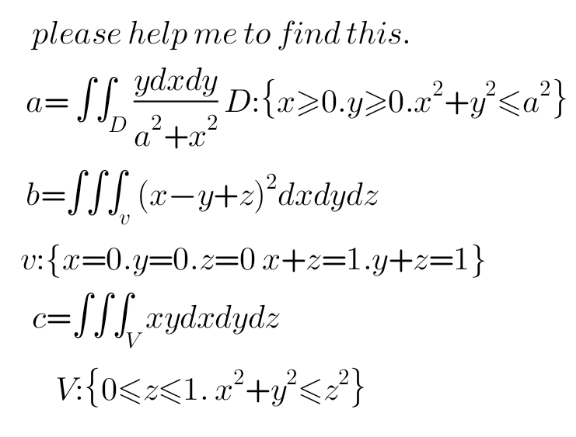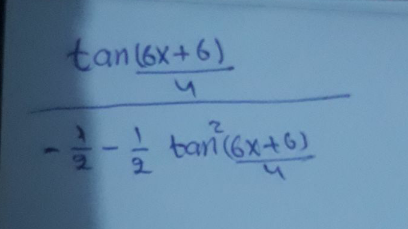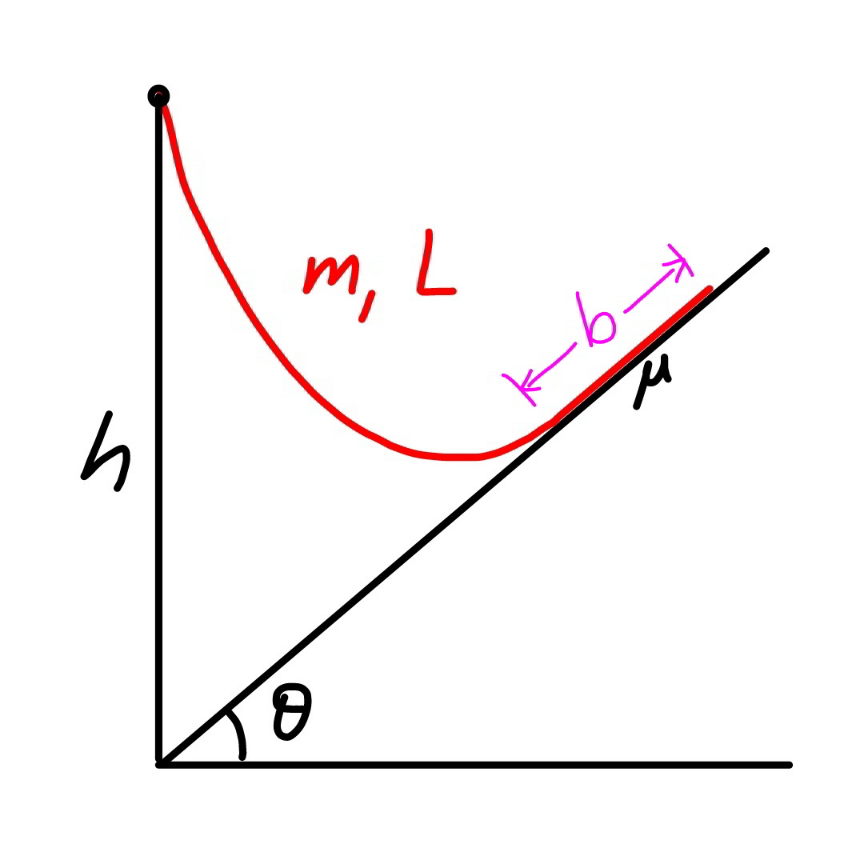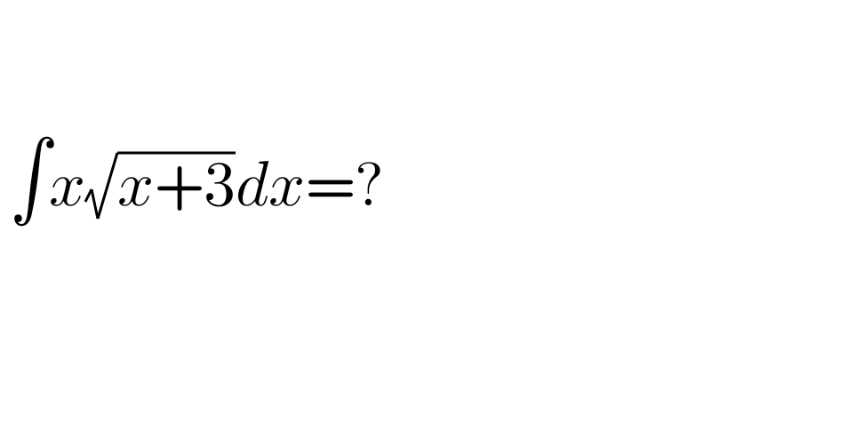
AllQuestion and Answers: Page 488
Question Number 170663 Answers: 2 Comments: 1

Question Number 170661 Answers: 0 Comments: 2
Question Number 170659 Answers: 0 Comments: 0
Question Number 170662 Answers: 0 Comments: 0
Question Number 170649 Answers: 1 Comments: 0
Question Number 170650 Answers: 1 Comments: 0
Question Number 170646 Answers: 0 Comments: 0
Question Number 170627 Answers: 0 Comments: 0

Question Number 170624 Answers: 0 Comments: 7

Question Number 170623 Answers: 2 Comments: 0

Question Number 170610 Answers: 1 Comments: 0

Question Number 170683 Answers: 0 Comments: 0
Question Number 170608 Answers: 0 Comments: 0

Question Number 170601 Answers: 2 Comments: 1

Question Number 170590 Answers: 0 Comments: 1

Question Number 170588 Answers: 0 Comments: 0

Question Number 170584 Answers: 0 Comments: 20

Question Number 170580 Answers: 1 Comments: 0
Question Number 170579 Answers: 0 Comments: 0
Question Number 170576 Answers: 0 Comments: 2

Question Number 170593 Answers: 2 Comments: 1

Question Number 170578 Answers: 1 Comments: 0
Question Number 170572 Answers: 1 Comments: 0

Question Number 170568 Answers: 1 Comments: 0

Question Number 170566 Answers: 2 Comments: 0
Question Number 170565 Answers: 1 Comments: 0

Pg 483 Pg 484 Pg 485 Pg 486 Pg 487 Pg 488 Pg 489 Pg 490 Pg 491 Pg 492
